
Experience it in game
Play through the battle yourself in the immersive Company of Heroes 3 campaign.
 Experience the dynamic campaign in game with
Experience the dynamic campaign in game with 
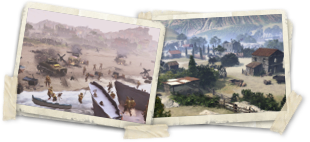 Find out more
Find out moreAs Soviet forces fought on the Eastern Front, and Western powers began to plan the invasion of Normandy, the Allies were already preparing to invade mainland Italy.
With Sicily captured successfully, and the Italian Army on the verge of surrender, the boot of Italy was next on the cards – and Operation Avalanche was born. Originally intended as a surprise attack, the landing at Salerno became the launch point for Allied entry into Italy on the 9th of September 1943.
It took a mammoth united effort of ships, aircraft, and boots on the ground to make it happen – not to mention the sacrifice of numerous brave combatants.
Here, we break down the Battle of Salerno in facts and statistics.

Did you know?
Fritz X was a pioneering anti-naval glide bomb used by German forces. Dropped out of a plane, it could be remotely guided toward a chosen target – and proved to be effective at sinking ships.
At the Salerno Landings, a Fritz X hit the USS Savannah, almost sinking it. However, after eight hours, the ship was able to retreat to Malta.
Almost 200 crewmen died in the attack while four were trapped in a watertight compartment for 60 hours.
_is_hit_by_a_German_guided_bomb.webp)
Savannah hit by a Fritz X during the Salerno landings

 Experience the battle for yourself
Experience the battle for yourselfDownload the game now and see how the battle unfolded
Longest
HMS Rodney – 216.5m
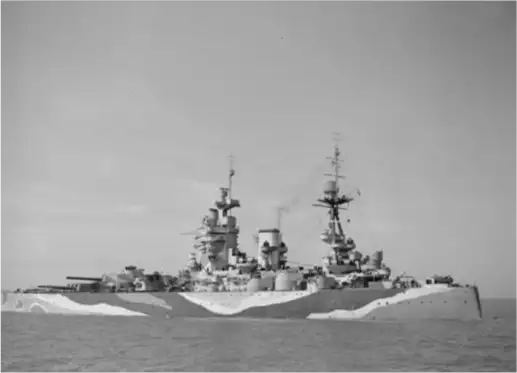
Heaviest
HMS Rodney – 33,730 tons (the equivalent of 250 blue whales)
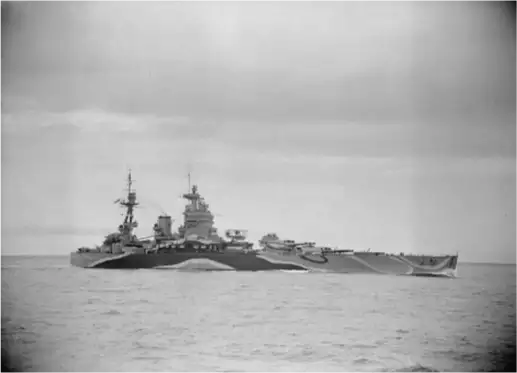
Fastest
HMS Warspite & Valiant – 24 knots/28mph
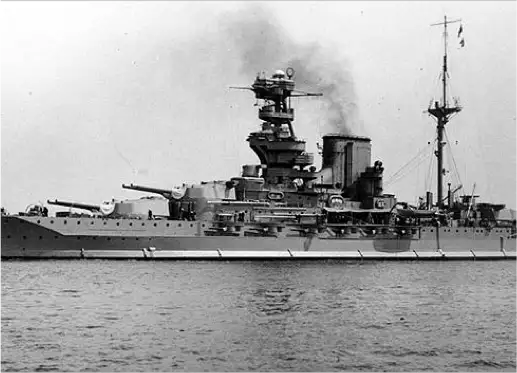
Thickest armour
HMS Rodney & Nelson – Up to 16 inches on gun turrets
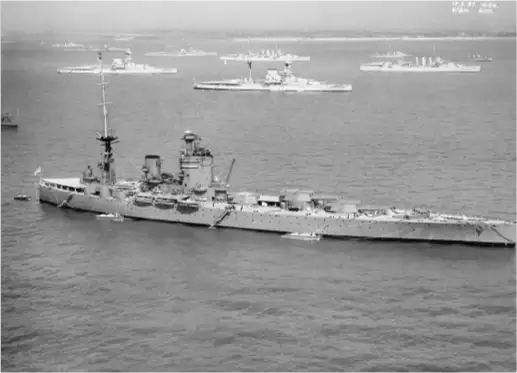
Heaviest armament
HMS Rodney & Nelson – 25 guns spread across each ship

Oldest
HMS Warspite – First launched 26 November, 1913
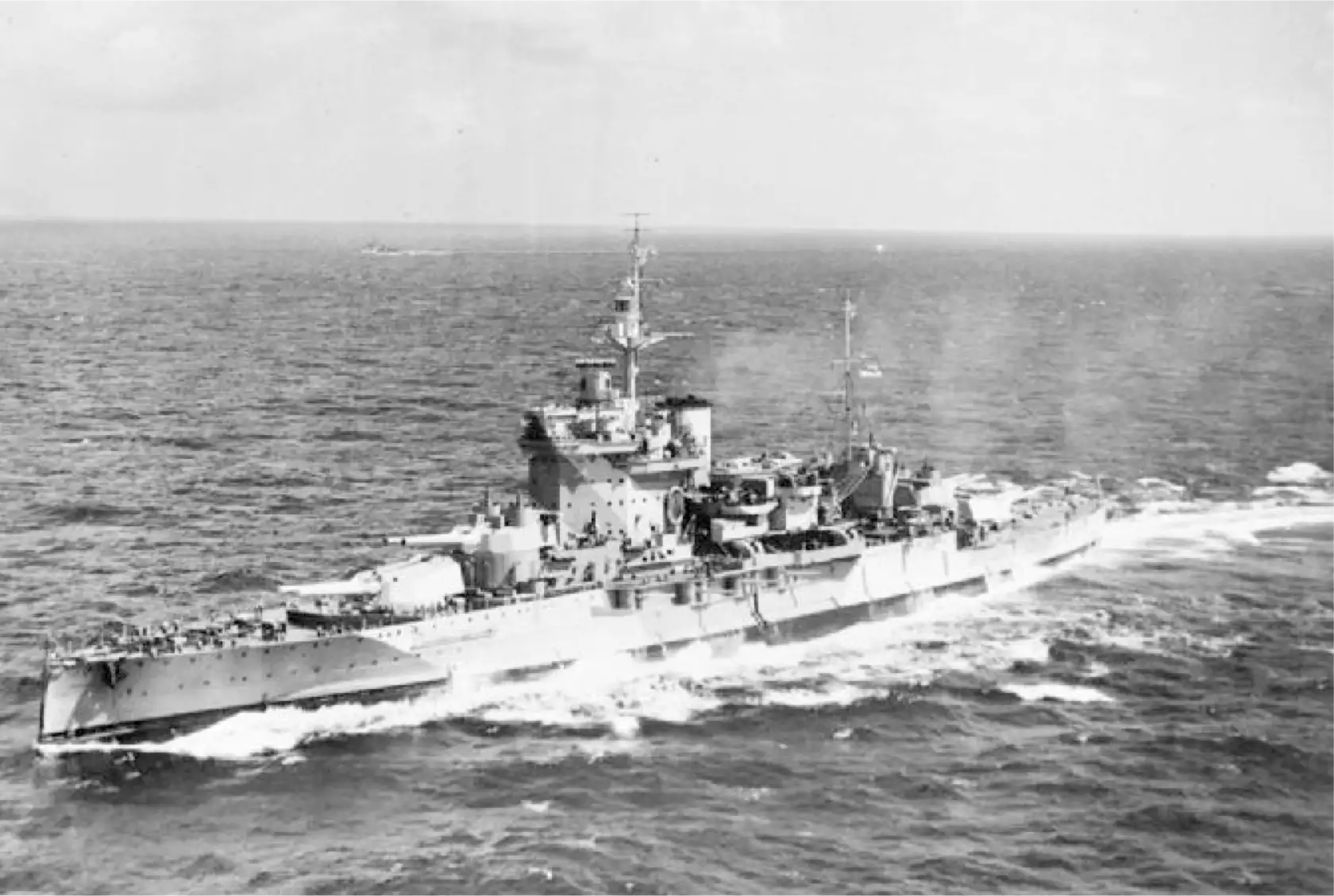
Both the landings at Salerno, and the arguably more famous 1944 ‘D-Day’ landings at Normandy in France, involved Allied soldiers invading German-occupied Europe from the sea.
Both saw tremendous courage from Allied soldiers facing heavy fire, and deadly obstacles designed to prevent them from advancing.
Soldiers at Normandy encountered rough seas, wooden stakes, barbed wire, and – on some beaches – steep cliffs. German defences were aimed directly at the water, giving their machine guns an easy line of sight of landing soldiers.
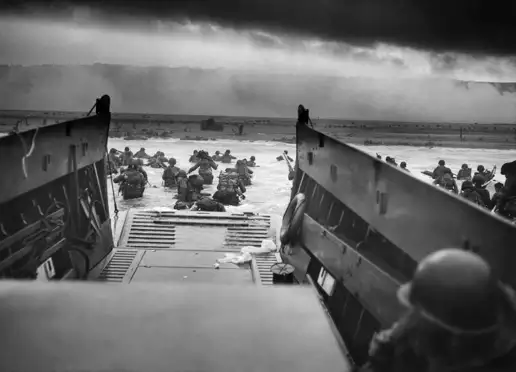
©Relic Entertainment. All rights reserved. Developed by Relic Entertainment. Entertainment, the Relic Entertainment logo, Company of Heroes and the Company of Heroes logo are either registered trademarks or trademarks of Relic Entertainment. Relic Entertainment is registered in the U.S. Patent and Trademark Office. All other trademarks, logos and copyrights are property of their respective owners.